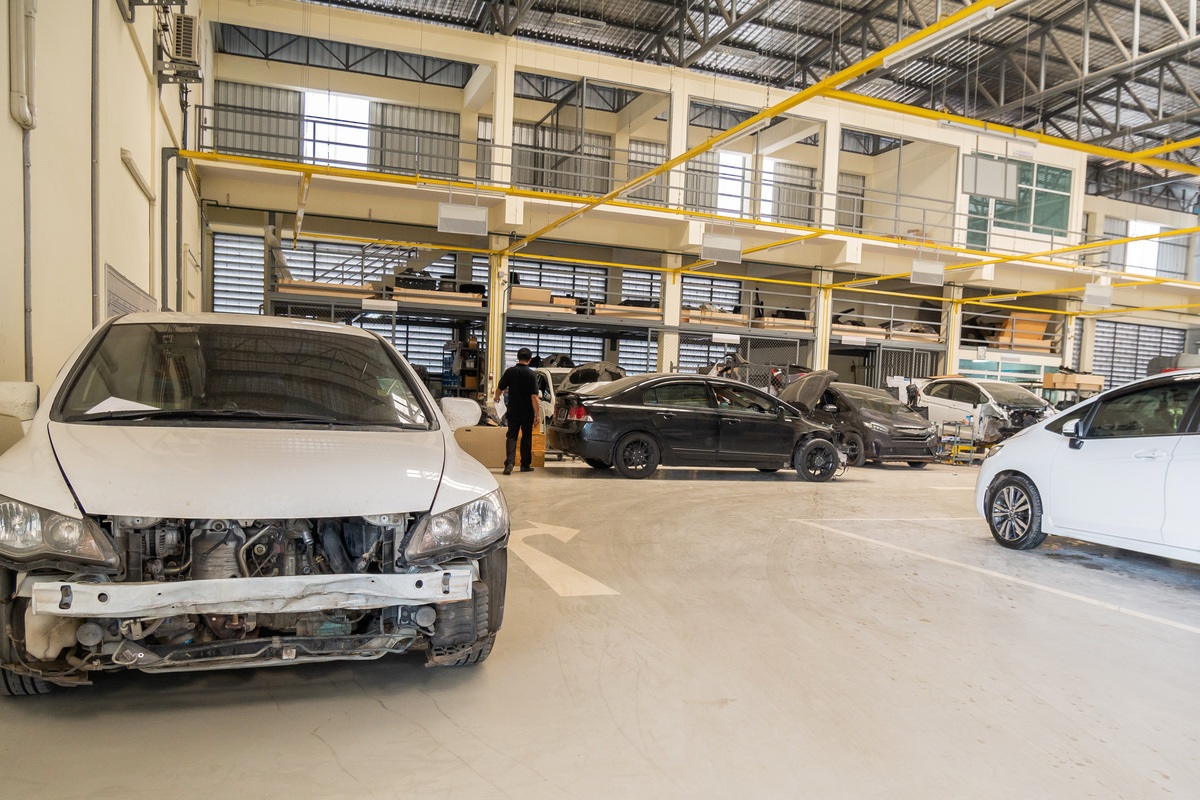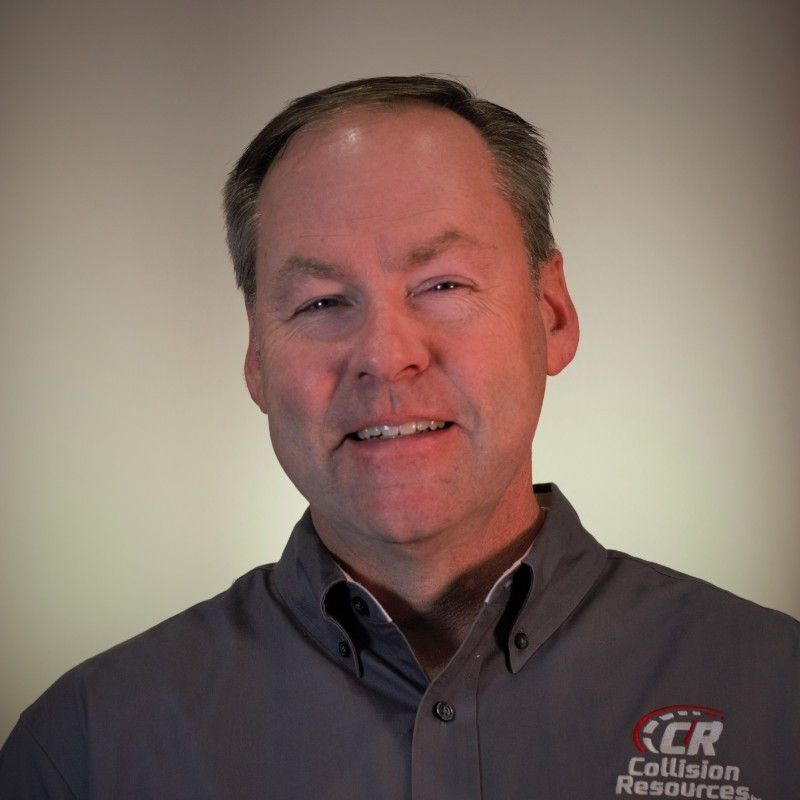Balancing Workflow: The Critical Role of Load Leveling Across Multiple Locations for Collision Repair Centers
-
Written by David McCreight
-
Published on October 16, 2024
-
Category: Productivity and Efficiency
For collision repair centers with multiple locations, managing workflow efficiently is key to maintaining high performance, customer satisfaction, and profitability. Load leveling is one way to manage workflow by distributing work evenly across multiple locations. This ensures that no single body shop is overwhelmed with a high workload while others remain underutilized.

The Key Benefits of Load Leveling Work
There are numerous benefits of implementing multi-location load leveling, which may vary based upon your own unique setup. However, from our experience working with collision centers for decades, and our Lean Six Sigma principles, the following are key benefits that typically apply to nearly all body shops when load leveling is implemented successfully.
Optimized Resource Utilization
When you distribute work evenly across collision repair centers, each center can maximize the use of its resources, including technicians, equipment, and workspace. Additionally, underutilized locations are proactively identified and can take on additional work, reducing downtime and ensuring that skilled technicians remain productive.
Improved Turnaround Times
Load leveling helps prevent bottlenecks at individual locations by efficiently redirecting repairs to collision centers with more capacity to handle work. As a result, repair centers can reduce the time it takes to complete repairs, leading to faster service. Quick and accurate turnaround times translate into higher customer satisfaction.
Increased Flexibility
With multiple locations, flexibility is a huge advantage. Load leveling allows repair centers to respond better to fluctuations in demand, seasonal surges, unexpected spikes, and even technician time-off. This ability to shift jobs between locations ensures no customer is left waiting unnecessarily.
Enhanced Employee Morale
Balancing workload across locations helps avoid overburdening staff at any single auto body shop. Employees maintain a manageable and consistent workflow, leading to higher job satisfaction and lower turnover rates.
Consistent Service Quality
When work is distributed equally, each collision center can adhere to the same high standards of service. By reducing pressure on any individual location, repair shops can focus on repair quality instead of simply surviving the overwhelming chaos created by inefficient operations.
Data-Driven Decision Making
Load leveling enables collision repair centers to make smarter, data-driven decisions. By analyzing the workload and performance metrics across all locations, managers can identify trends, address inefficiencies, and implement changes to improve productivity. Technology can drastically streamline the process of implementing load balancing.
How CR Auto Scheduler® – Production Can Help with Load Leveling
For collision repair centers with multiple locations, managing workflow manually can be complex and time-consuming. This is where CR Auto Scheduler® – Production Multi Location can help. This powerful tool facilitates optimal load leveling as well as the ability to automatically balance workloads, track job progress in real-time, and optimize resource allocation.
Learn more about the CR Auto Scheduler® – Production and how it can help you achieve efficient load leveling and greater operational success.
Subscribe to Our Newsletter
Interested in receiving more tips delivered directly to your inbox?

David McCreight is the Owner of Collision Resources and serves as President. Ultimately, David is categorically passionate about assisting auto body shop owners and managers to define and exceed their goals.


